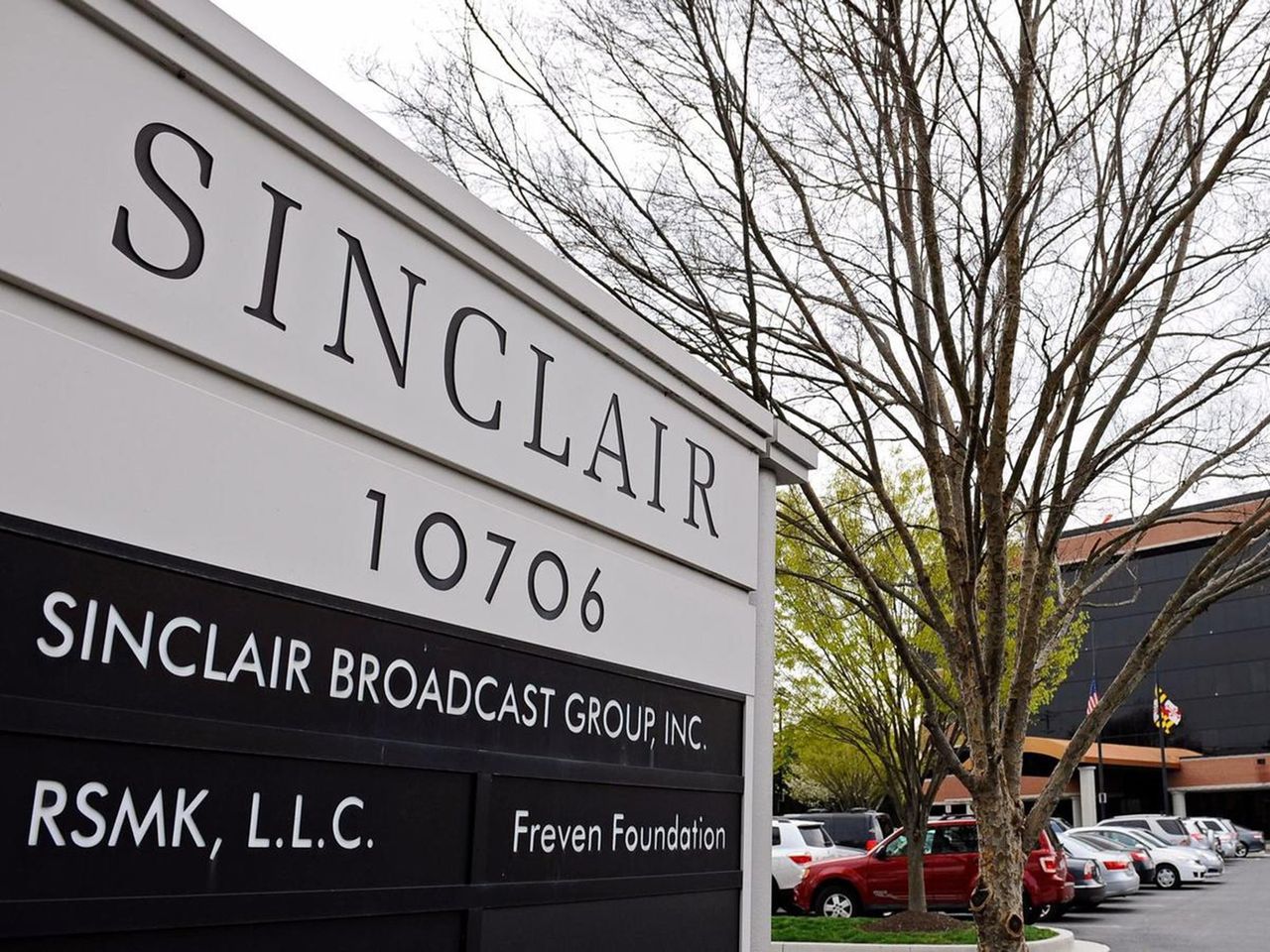Retransmission battles signal trouble for free TV
After doing business as usual for almost 60 years, the economic model governing American television stations is under tremendous strain and may no longer work.
At ABC, CBS, NBC, Fox and the local stations that carry the networks' programming, nearly everyone agrees the business model is unraveling. Cable TV and the Internet have fractured the audience for free TV and taken away its advertising dollars. Broadcasters have accelerated their push for new revenue to pay for programming.
For pay television customers, this almost certainly means that subscription costs will continue to climb. The networks are considering ditching free broadcast signals altogether and operating as cable channels — a move that could spell the end of free TV as Americans have known it since the 1940s.
Rupert Murdoch, whose News Corp. owns the Fox network, told a shareholder meeting this fall that broadcast stations can no longer be supported solely by advertising revenues.
The future of free TV also could be altered as the biggest pay-TV provider, Comcast, seeks to take control of NBC. Comcast has not signaled plans to end NBC's free broadcasts. However, Jeff Zucker, who runs NBC and its sister cable channels such as CNBC and Bravo, told investors this month that "the cable model is just superior to the broadcast model."
On average, the pay-TV providers pay about 26 cents for each channel they carry. A channel as highly rated as ESPN can get close to $4, while some, such as MTV2, go for just a few pennies. With both advertising and fees, ESPN has seen its revenue grow to $6.3 billion this year from $1.8 billion a decade ago.
In addition to a growing number of channels, cable is also now drawing more advertising dollars. In 1998, cable channels drew roughly $9.1 billion, or 24 percent of total TV ad spending, according to the Television Bureau of Advertising. By 2008, they were getting $21.6 billion — or 39 percent.
The professional video industry's #1 source for news, trends and product and tech information. Sign up below.
Having two revenue streams — advertising and fees from pay-TV providers — has insulated cable channels from the recession. Over-the-air stations, on the other hand, have been forced to cut staff due to loss of ad sales during the past year.
The major networks will end the year with a 9 percent drop in ad revenue, followed by an 8 percent drop in 2010 and zero growth in 2011, according to ZenithOptimedia. And although the networks are making some income from the Internet, it’s not significant enough to make up for the loss of advertising revenue. Advertisers spent $34 billion on broadcast commercials in 2008, down by $2.4 billion from two years earlier.
So rather than wait for the Internet to become a bigger source of income, the networks and local stations are mimicking what cable channels do. They are seeking to charge pay television companies a monthly fee per subscriber to carry their programming.
Over time, however, the networks may be able to get even more money by abandoning the affiliate structure and undoing a key element of free TV. The reason is cable and satellite providers are paying the networks only for the stations the networks own. That amounts to a little less than a third of the TV audience, which means local affiliates recoup two-thirds of the fees. If a network operated purely as a cable channel and cut the affiliates out, the network could get the fees for the entire pay television audience.
Fitch Ratings analyst Jamie Rizzo predicts that at least one of the four broadcast networks could explore becoming a cable channel as early as 2011.
